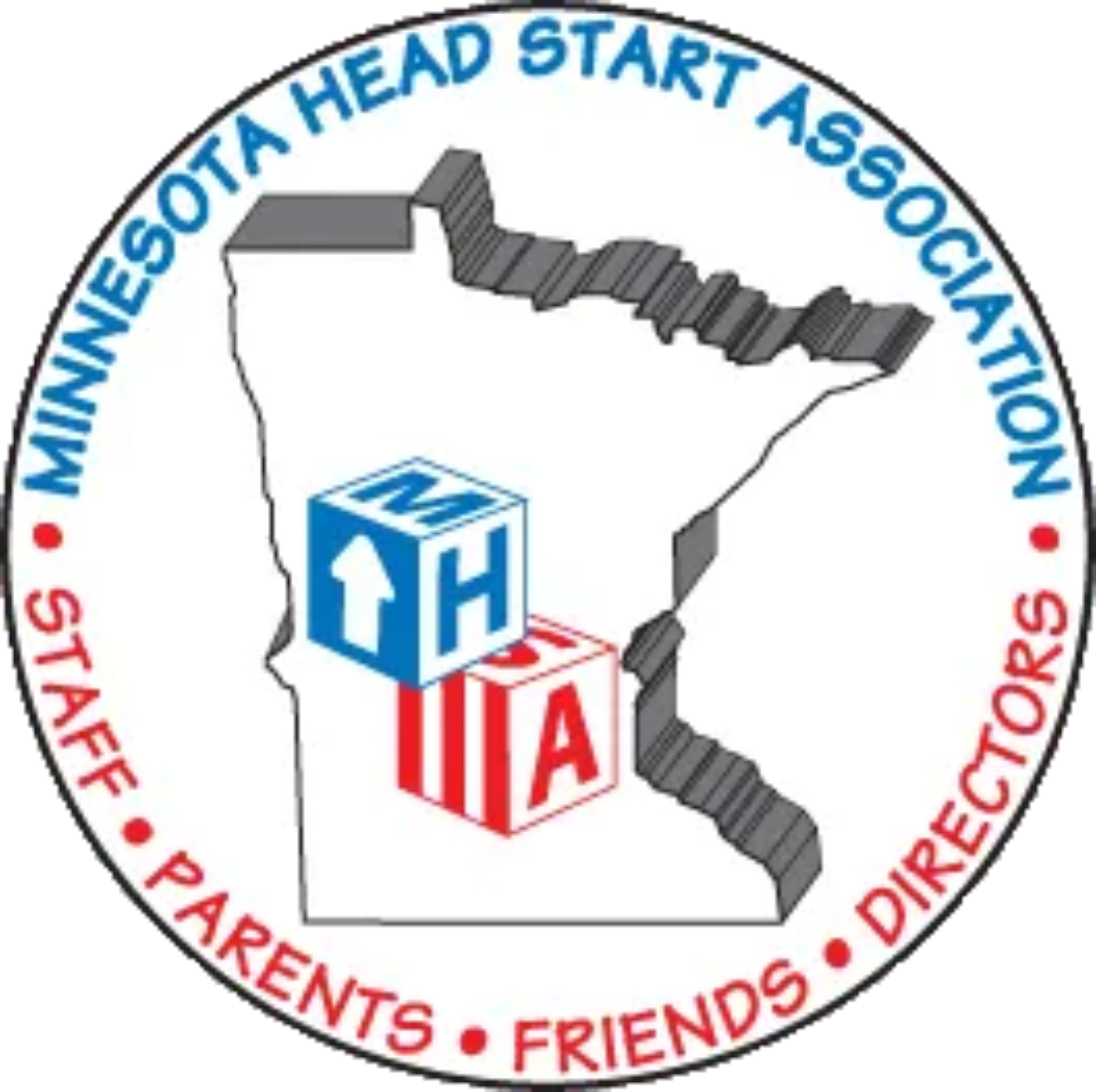August 1, 2019 | Vol. 6 No. 17
This [USDA proposal] would take food away from families, prevent children from getting school meals, and make it harder for states to administer food assistance.
- Debbie Stabenow
Instead of punishing working families if they work more hours or penalizing seniors and people with disabilities who save for emergencies... seek to assist them with policies that help them afford the basics and save for the future.
- Stacy Dean
In the spring of 2018, a Minnesota man made quite a splash when he testified before State representatives that — in spite of being a millionaire — he was able to secure benefits from the Supplemental Nutrition Assistance Program (SNAP) for well over a year. All-told, Rob Undersander and his wife received nearly $6,000 in food support over a 19-month period.
According to Undersander, his intent was to demonstrate a flaw in the system that allows households with adequate means to still receive assistance through SNAP. In his case, his limited income made him eligible for benefits as he and his wife lived off the money from a Roth IRA, which, along with certain other assets and supports, is not considered in SNAP’s eligibility guidelines.
Naturally, the responses from lawmakers in St. Paul took their predictable shape along partisan lines. And in June of this year, when Undersander provided testimony again, this time before the United States Congress, the partisan refrain was the same.
On July 23, in the wake of all of this, the United States Department of Agriculture (USDA) proposed new guidelines that would “close this loophole” and in turn cut SNAP benefits to an estimated three million people. Herein lies the problem: None of these three million Americans possess anything remotely close to the financial means that Undersander does.
In 2019, a household is eligible for SNAP if its total annual income is below 130 percent of the Federal Poverty Guidelines. So, for a family of three the cut-off would be $27,729 per year.
Over the six years of this column, I have written ad nauseam about the absurdity of the poverty line, so I’ll abstain from doing so here. Needless to say, $28K is already less than adequate for a family of three to meet its basic needs.
As of this moment, low-income households are allowed up to $2,250 in “countable assets” ($3,500 if anyone in the home is above the age of 59) before losing their eligibility for SNAP. The three million or so above that threshold are the ones who stand to lose support should this current proposal pass.
According to Stacy Dean of the Center on Budget and Policy Priorities, the affected individuals will be overwhelmingly represented by children, senior citizens, working families, and Americans with disabilities. In addition close to 300,000 school-age children that receive free and reduced price lunches would be at risk of losing that support under the regulations of the USDA proposal.
Again, and I cannot emphasize this enough, these households should not be compared to someone like Rob Undersander. Even with modest assets, low-income households pay a disproportionate share of their income toward housing, health care, child care, transportation, and other basic necessities. Programs like SNAP are of monumental importance to these families.
It should also be noted that while still vital, the value of SNAP benefits equates to less than $1.50 per individual per meal. Are we really looking to take that away from people in need?
One more thing. If you will please indulge me here, as I made this same point in my previous column, this should not be in any shape or form a partisan issue. I am reminded of the poet Khalil Gibran, who famously proclaimed, “Spare me your political events and your power struggles.” If a child, or a senior, or an individual with a disability is in need, it is imperative that we lend our support to help meet that need.










